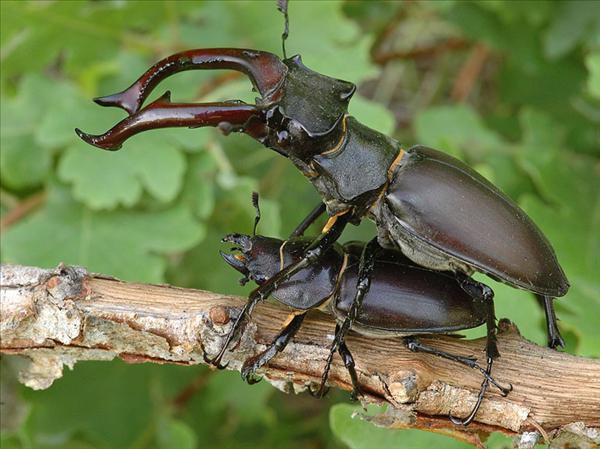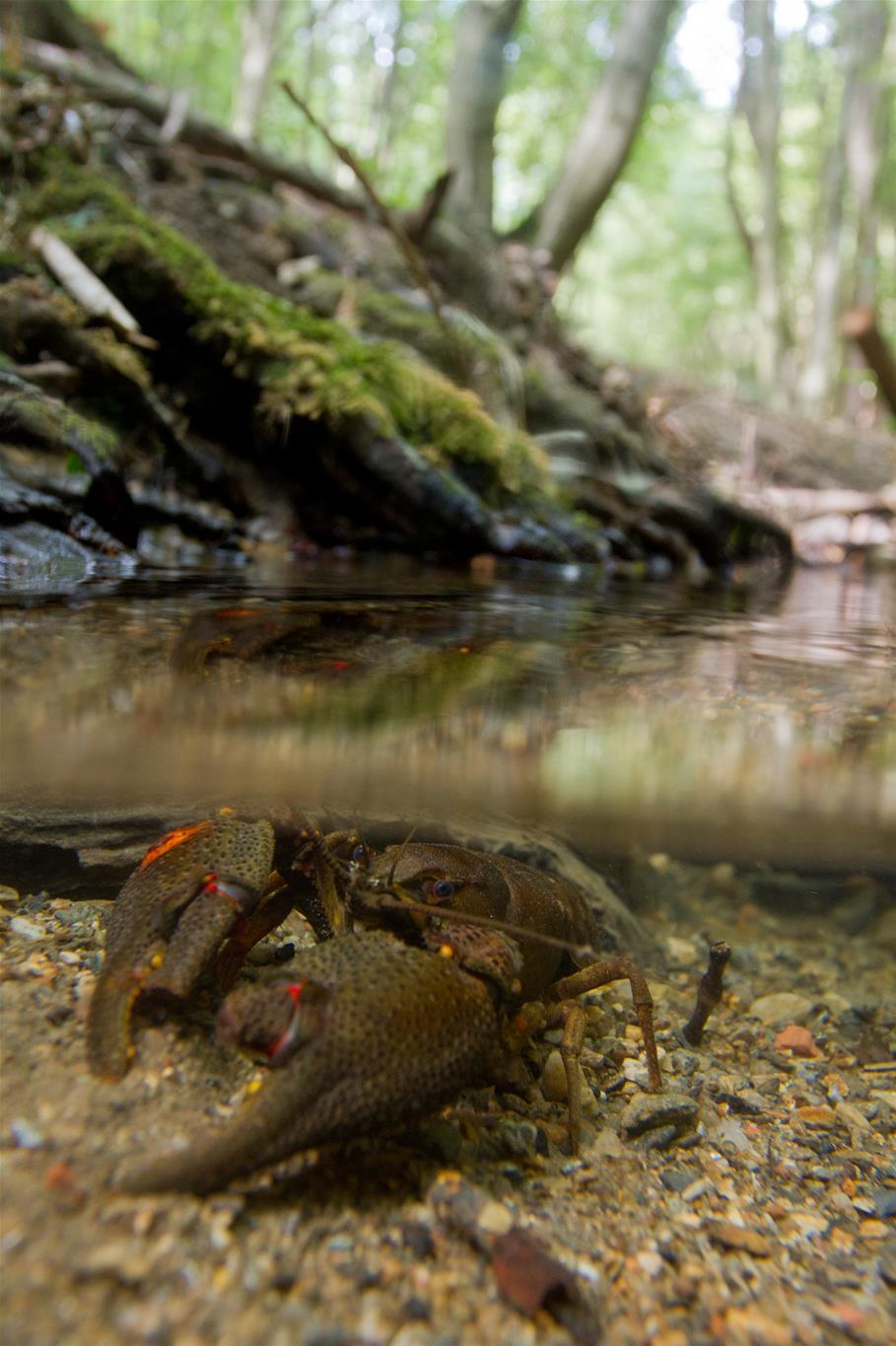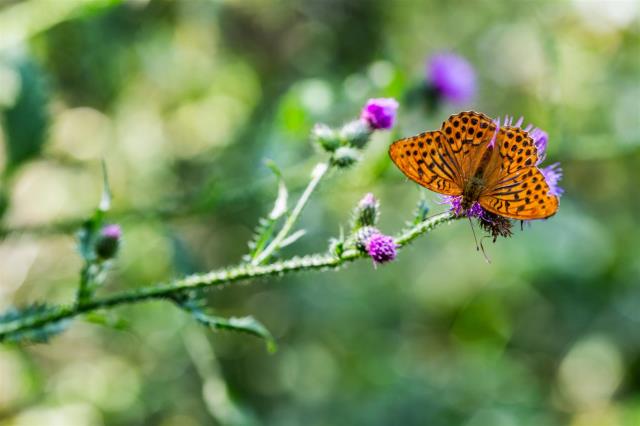Would you like to get to know some animal and plant species of the Thayatal in more detail? Here you will find a detailed description of the biology of selected species - all typical representatives of the Pannonian-Central European flora and fauna region.
Wild Cat
Felis silvestris
The return of the extremely shy wild cat is a small sensation. It could be identified for the first time in 30 years in Austria, in 2007, in the National Park. The National Park Thayatal created a separate homepage on for this.
Black Stork
Ciconia nigra
This almost 1 m. tall stilted bird can often be seen fishing in the Thaya between Hardegg and the Überstieg. Hikers may get lucky in particular in the early morning hours or before noon.
Emerald Lizard
Lacerta viridis

Every year, early May, an impressive show takes place at the vantage points of the Überstieg and Max plateau: emerald lizards are looking for a mate! With its population, the National Park is among the "hot spots” in Austria.


Stag Beetle
Lucanus cervus

The larvae of the stag beetle needs 5 to 8 years to develop into an adult beetle. During this time, it eats its way through the rotting wood of rootstocks or tree trunks, in particular oak trees.
Noble Crayfish
Astacus astacus

Once widely spread, they are now threatened with extinction. Noble crayfish are a exceptionally rare in Austrian watercourses - in the rivers of the National Park they find an appropriate retreat.

Siberian Melic Grass
Melica altissima
The only known habitat of Siberian melic grass in Austria can be found in the dry grassland and forest steppes of the National Park Thayatal.
Variegated Iris
Iris variegata

Variegated Irises have always been most appreciated for their fragrant rhizomes, which are used to produce oils and creams. The unmistakable shape of their flower made them very early on a popular item for gardeners and botanists.

Yellow Lady's Slipper
Cypripedium calceolus
The lady's slipper is not only the largest indigenous orchid, it is also characterized by a very special pollination mechanism of the basin trap flower.
Turk's-cap Lily
Lilium martagon
The plant owes its name to its turban-like shape. In old Viennese cookbooks of the late 17th century the "gugelhupf” is called Turk's cap cake or Bundt cake.

Cornelian Cherry
Cornus mas

The Cornelian cherry is an inconspicuous bush. However, in the early spring before the leaves appear, it becomes quite stunning - its bright yellow blossoms shine everywhere.





